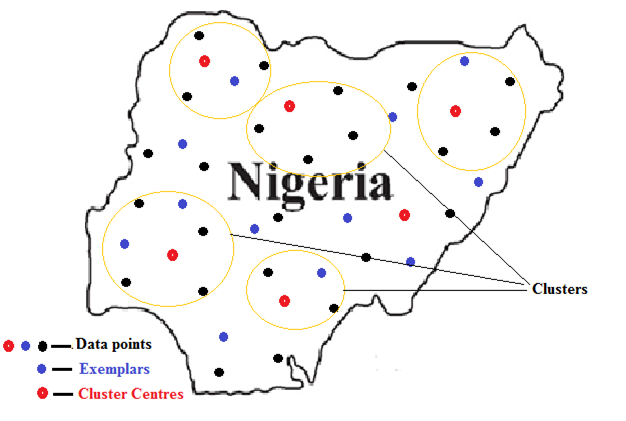Optimizing data and voice service delivery for mobile phones based on clients' demand and location using affinity propagation machine learning
Keywords:
Telecommunication, Clustering, Machine-learning, Subscription, Tariff plansAbstract
Network service requests for voice and Internet may differ across locations. Network service providers are encouraged to conduct a quarterly check to identify the service plan that is mostly sought for in a particular area of coverage to improve the quality of service through promotions, advertisements and awareness talks. In this work, a model that identifies and recommends the location service plan for network providers is proffered. The 3-task model extracts data as quarterly averages on voice and Internet subscriptions it goes ahead to cluster the extracted data using affinity propagation machine learning and classifies the clusters into linguistic variables using the mean of the respective clusters. Using a dataset obtained from the Nigerian Bureau of Statistics on mobile telecommunication on the four major network operators of Mtn, Airtel, Glo and 9Moile for three quarters in 2021, the model was able to identify states with heavy as well as low subscription rates (voice and Internet) across the country. The more urbanized states preferred internet subscription over voice calls thereby revealing the weakness and strength of each network provider across the states. Mtn had the best Davies-Bouldin Index performance measure of 0.26, Glo had the best silhouette score of 0.66 while 9Mobile had the best Calinski-Harabasz Index metric score of 805.30.

Published
How to Cite
Issue
Section
Copyright (c) 2025 Emmanuel C. Ukekwe, Adaora A. Obayi, Akpa Johnson, Daniel A. Musa, Jonathan C. Agbo

This work is licensed under a Creative Commons Attribution 4.0 International License.







